| Time | Event |
| 8:30-9:00 | Registration and Welcome in the Special Collections lobby |
| 9:00-10:30 | Plenary Panel | The Origins of the book in the Americas in the Library Auditorium |
| 10:30-11:45 | Gallery Strolls + DIY Book Crafts (open) |
| 12:00-1:30 | Lunch + Luncheon Speaker |
| 1:30-2:45 | Seminars (limited spots) |
| 3:00-4:15 | Closing Plenary | Paper in Territorial Utah in the Library Auditorium |
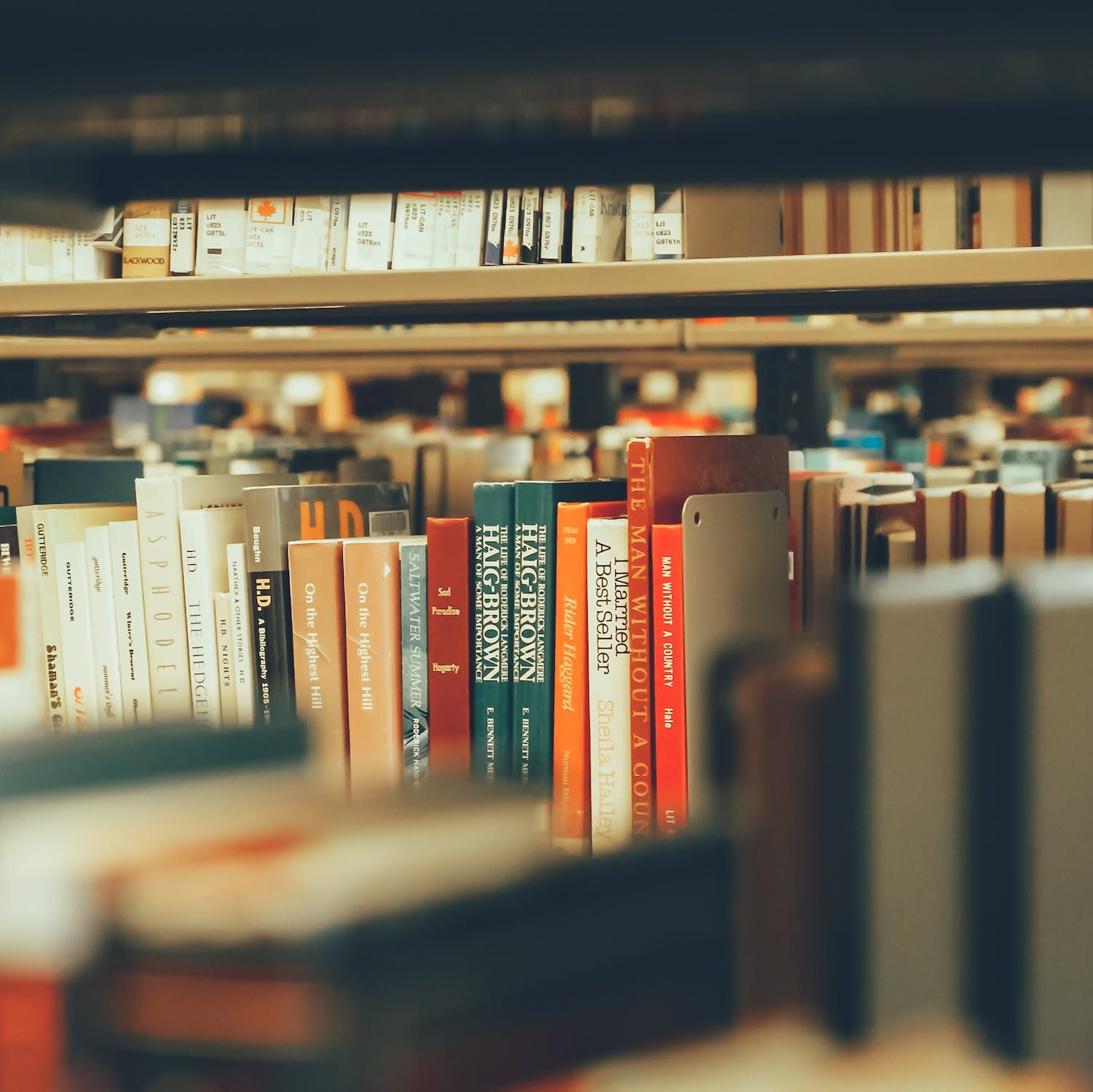
Opening Plenary – 9:00
The Origins of the Book in the Americas
Mark Christensen (BYU Department of History), Mary Eyring (BYU Department of English), Matthew J.K. Hill (BYU Library), Jordan Jones (BYU Department of Spanish & Portuguese)
Books arrived in the New World as part of various colonial projects, but there were existing traditions of recordkeeping in the Americas before European contact. Panelists will trace the early history of the book in the Americas, from the pre-Columbian period through the arrival of European cultures, outlining the approaches that the English, Spanish, and Portuguese took to establishing printing and print culture in their American colonies.
GALLERY TOURS & ACTIVITIES 10:30 – 11:45 AM
Lego Gallery Stroll
Trevor Alvord
Sculpting as an art has long been a central form of religious devotion in many cultures. Historically, artists have used stone, metal, or clay to bring their worship to life and inspire others. In the 21st century, a new medium has emerged: the brick, commercially known as LEGO. Artists worldwide use this medium to bring their vision to life in colorful, unique, and creative ways. In this gallery stroll, attendees will explore how members of The Church of Jesus Christ of Latter-day Saints have begun participating in this brick-sculpting phenomenon, using LEGO to creatively express their devotion and worship of Jesus Christ.
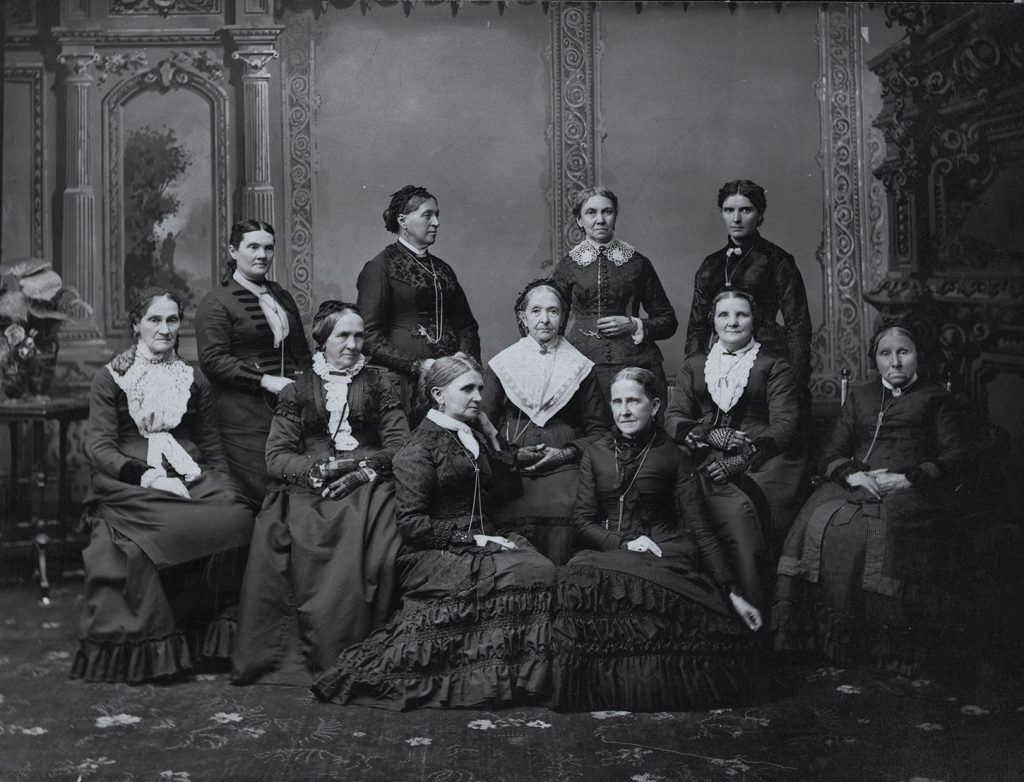
No Small Part
Utah Women in Medicine, Nursing, & Midwifery 1873 – 1930
Betsy Hopkins, Meg Frost, Elizabeth Smart, John Murphy, Sheri Tesseyman
In territorial Utah, doctors were mistrusted. Medical treatments were based on incomplete understandings of the day, and the sick had little recourse but to wait and pray. Childbirth was dangerous, with high rates of maternal and infant mortality. In 1873, Eliza R. Snow gave an address in which she echoed Brigham Young’s call for LDS women to obtain medical education. Women answered this call, traveling east for their education and returning to Utah. In addition, several women completed medical education before migrating to Utah. At one point, there were more women doctors in Utah than anywhere else in the world! These medical women had a meaningful impact on healthcare in Utah as they provided direct patient care and educated others, both formally and informally.
DIY Latin American Book Crafts
Chris McAfee, Maggie Kopp
Drop in to the Special Collections Classroom to try your hand at two Latin-American book-themed crafts! We will be demonstrating a simple cartoñera bookbinding and printing a reproduction of a calavera illustration by Mexican illustrator José Guadalupe Posada.
Cartoñera books originate in Argentina but have spread throughout Latin America. They contain short works of prose or poetry and are bound in hand-painted cardboard covers. The books are sold on the street at the cost of production as a way of promoting literacy and increasing access to literature. We’ll have sheets, paint, and cardboard ready for you to sew and decorate your own blank cartoñera.
José Guadalupe Posada was an early 20th century artist and political cartoonist. He famously created a stylized calavera (“skull”) – a skeletal personification of death – which was used to illustrate popular humorous poems published during Día de los Muertos celebrations. We’ll have examples of literary calaveras on display along with a working tabletop model of a printing press, which you can use to print your own calavera image.
LUNCHEON – (Ticketed event) 12:00 -1:30 PM
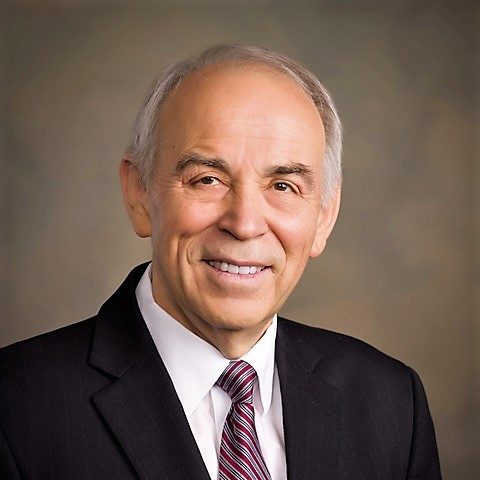
Telling the Story of “La Gente”
Mark L. Grover
Collecting Historical Documents in Latin America
SEMINARS – 1:30 PM

“Every nation, kindred, tongue, and people”
Publications of the Church of Jesus Christ of Latter-day Saints in Latin America, JESSIE CHRISTENSEN
In this session we will learn more about the history of the Church of Jesus Christ of Latter-day Saints in Latin America through a look at materials produced by members and missionaries. A variety of publications will be discussed, including mission newsletters, lesson manuals, training materials, scriptures, and hymnbooks. Before centralized correlation and translation began in the early 1970s, publications were created locally, each reflecting the diverse cultures and languages of Latin America. An examination of the various resources created in this region enriches our understanding of the growth of the Church in this area of the world.

Paris in Ruins
DARYL LEE
This session will draw from Dr. Lee’s extensive academic research and personal experience collecting evidence of the material culture of France, including the aftermath of the 1871 Paris Commune, and the nineteenth-century French fascination with Mormonism and the American West. Exploring items from his personal collection and BYU’s holdings, the session will consider how material culture (both print and image) has informed human communication and cultural identity.
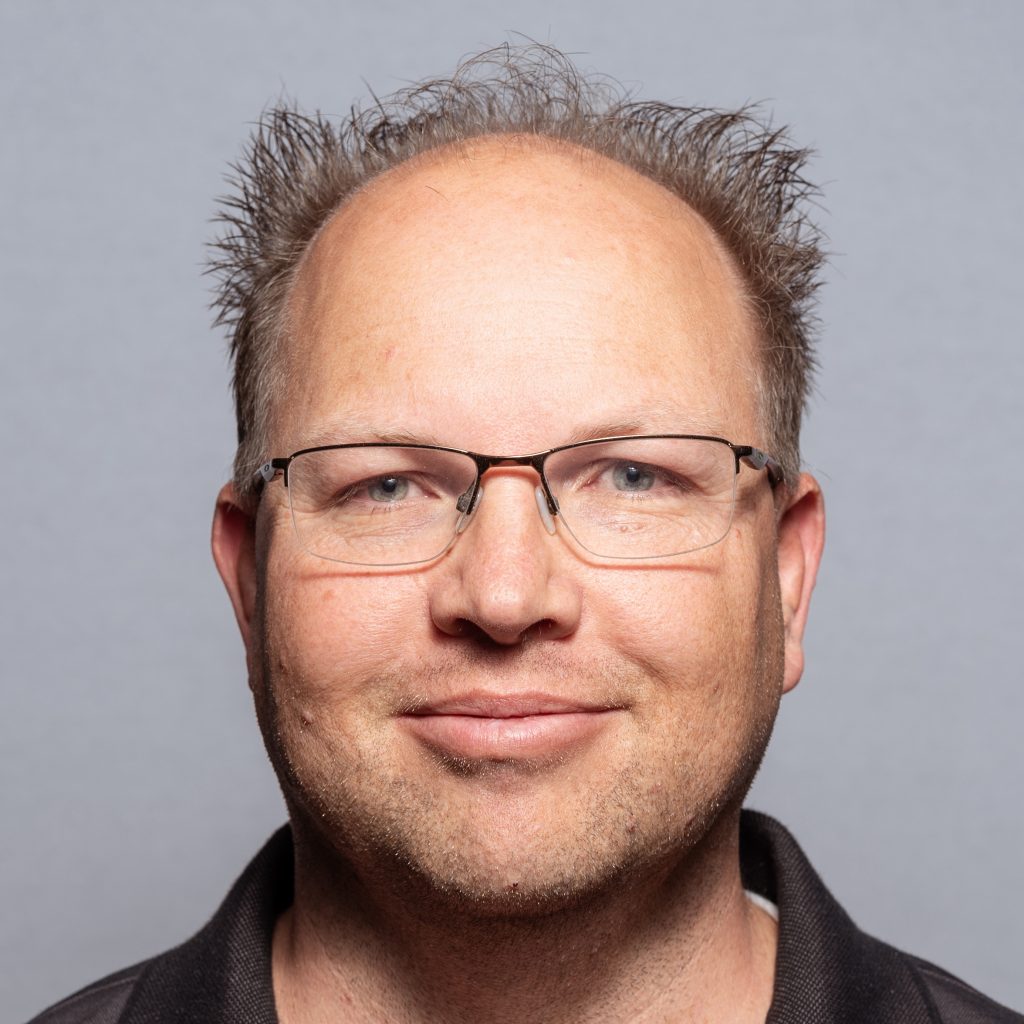
El libro de arte:
The Artist Book: Variations on Form and Utility of the Book as Communication Method, PETER TANNER
This presentation will focus upon libros de arte, or artist books, from Latin America in order to examine their relevance in contemporary art, activism, visual literacy, knowledge formation, and preservation. It will begin by considering what artist books are, examining different varieties of artist books including books created with an express aesthetic purpose, fine and hand press books, activist and cartoñera books, and other works that are more difficult to define as artist books.
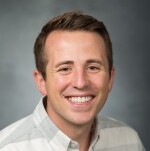
“Yours for the Human Cause”
Gertrude Bonnin and the Writing of American Indian Rights at the Turn of the Twentieth Century, MIKE TAYLOR
Gertrude Simmons Bonnin (Zitkála-Šá) was a Dakota writer and a leading activist for the civil rights of Native Americans in the early 20th century. This session will explore her life and legacy through her published writings and through the archival records she produced as the president of the National Council of American Indians, which are held in the L. Tom Perry Special Collections.
Closing Plenary – 3:00
Paper in Territorial Utah, RICHARD SAUNDERS
Paper is an essential element, needed to replicate the literate culture the saints knew when they arrived in Utah. It was likely the first material product selected specifically for investment in the still-new Great Basin community. The story of paper production in Utah Territory represents the Mormons’ drive for self-sufficiency. Attendees will walk through three periods of the territory’s paper production, illustrating the story with examples of Utah’s locally produced paper.



